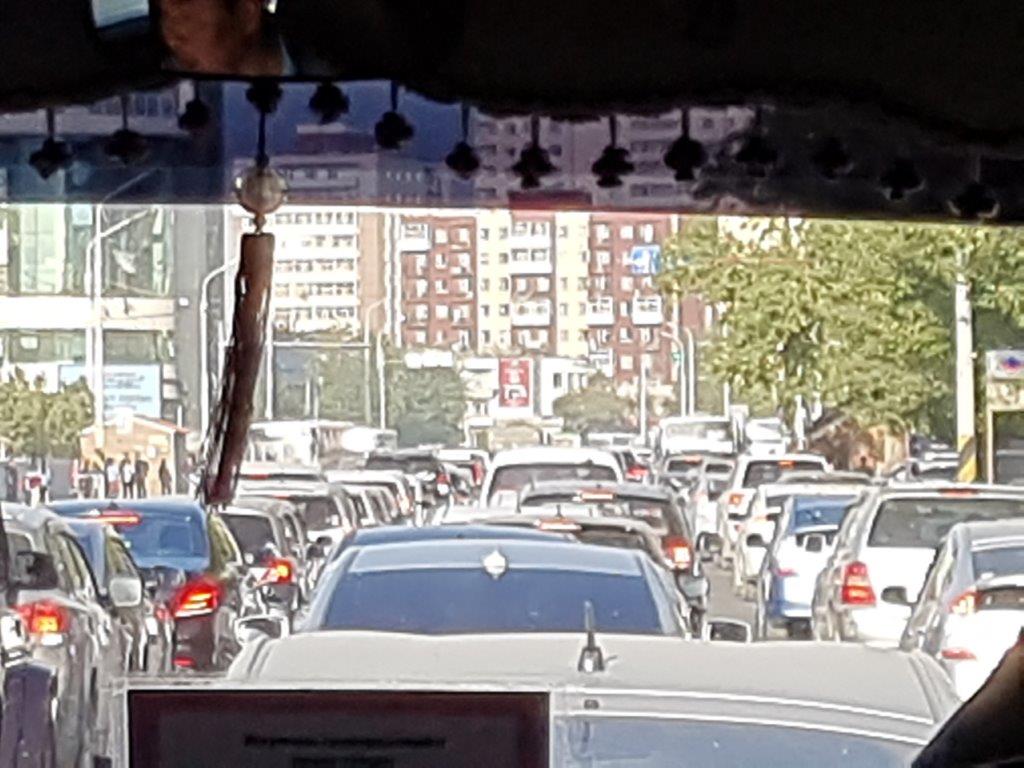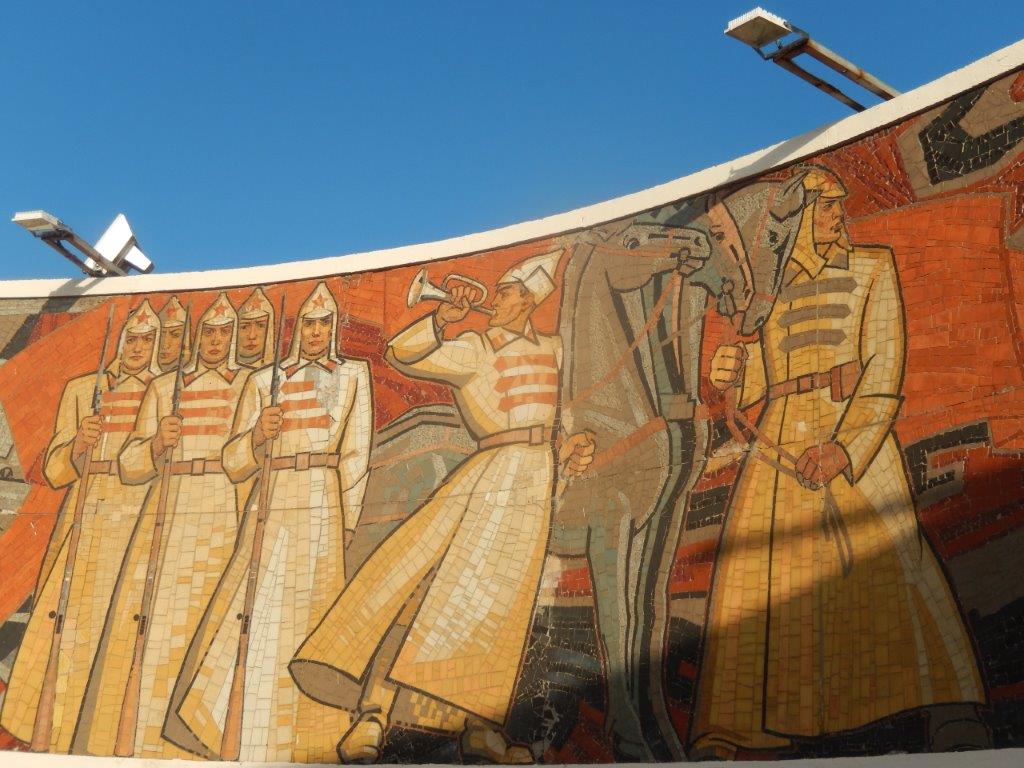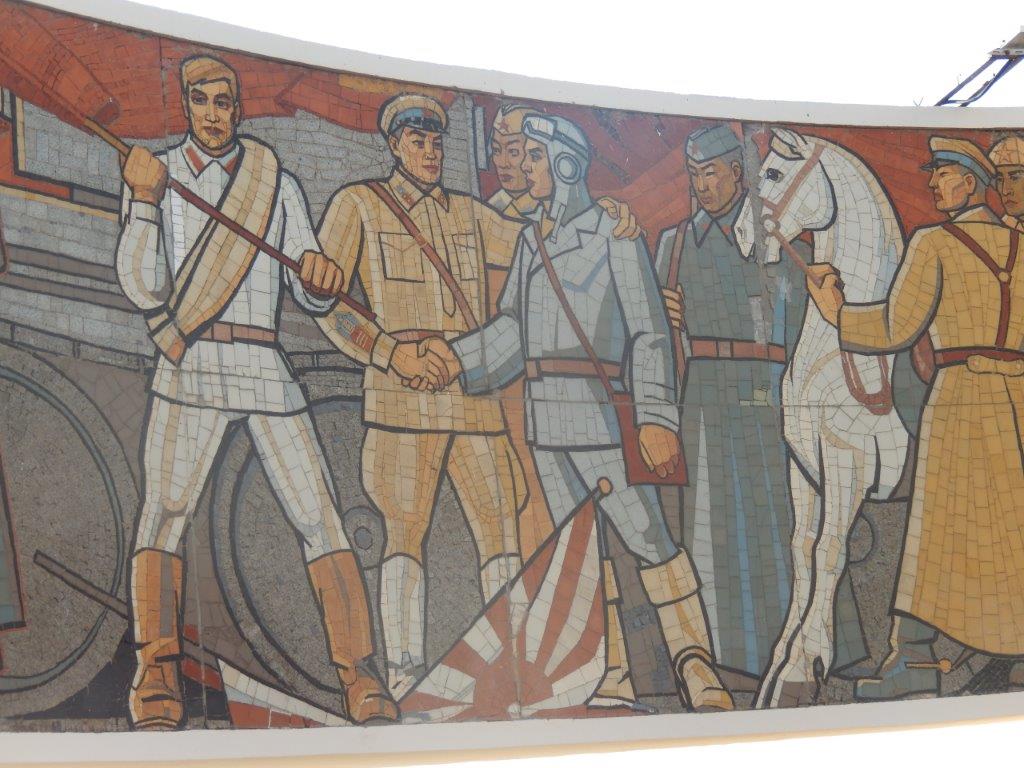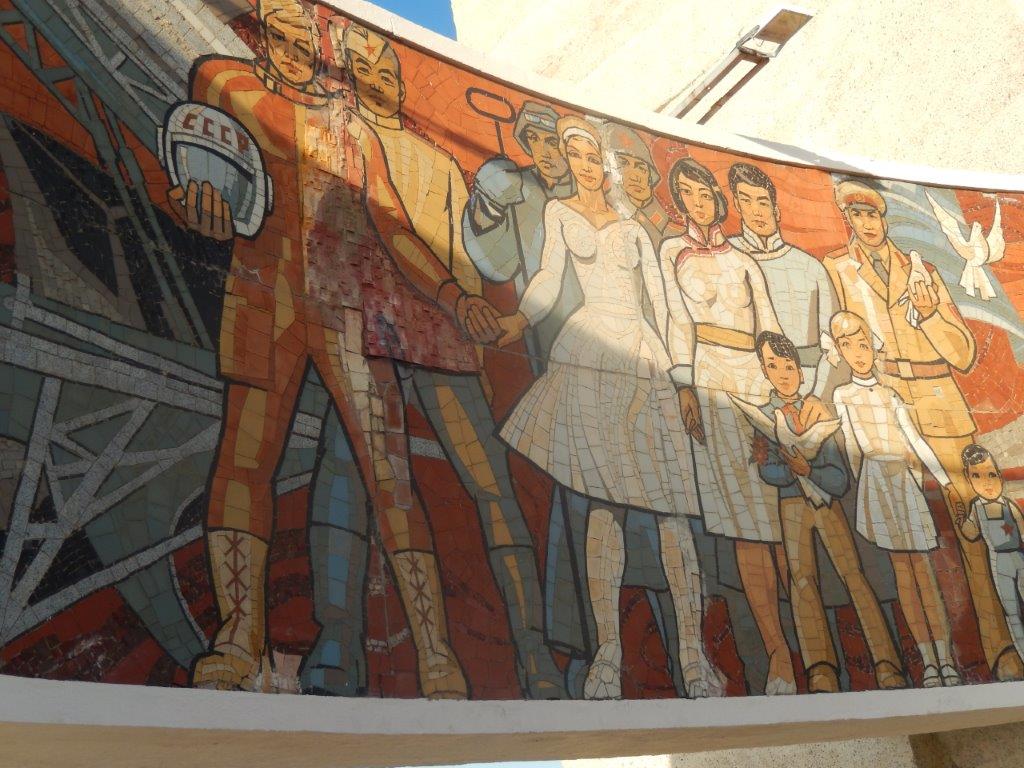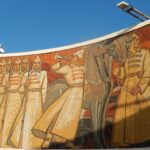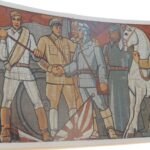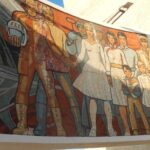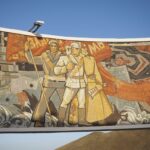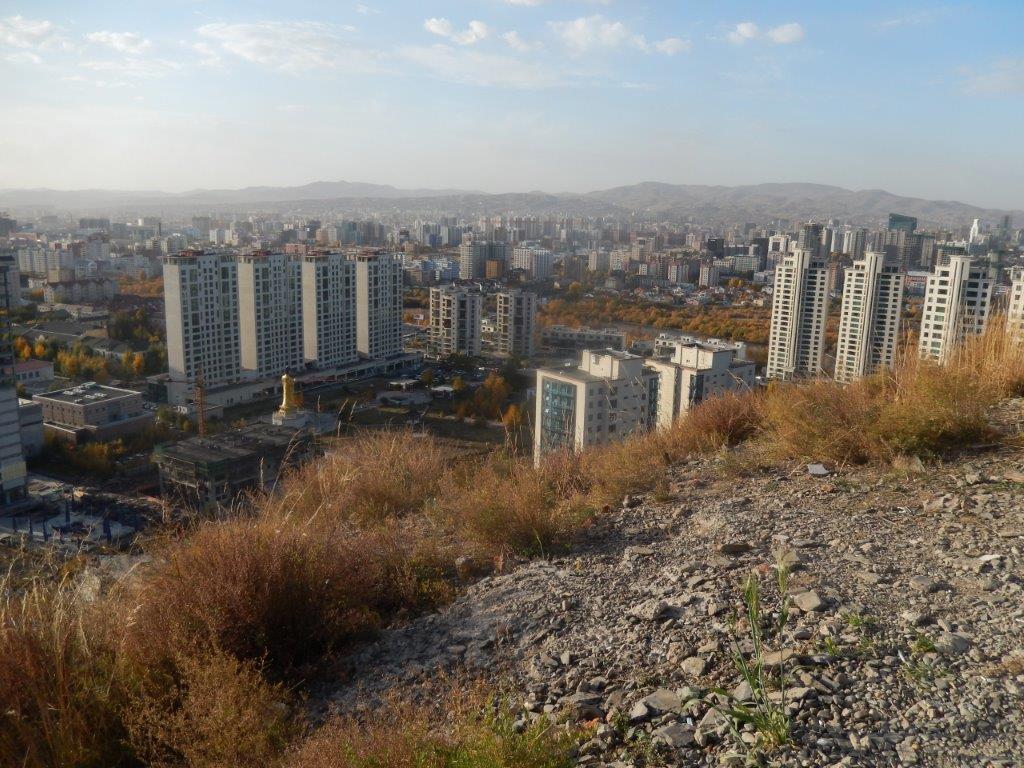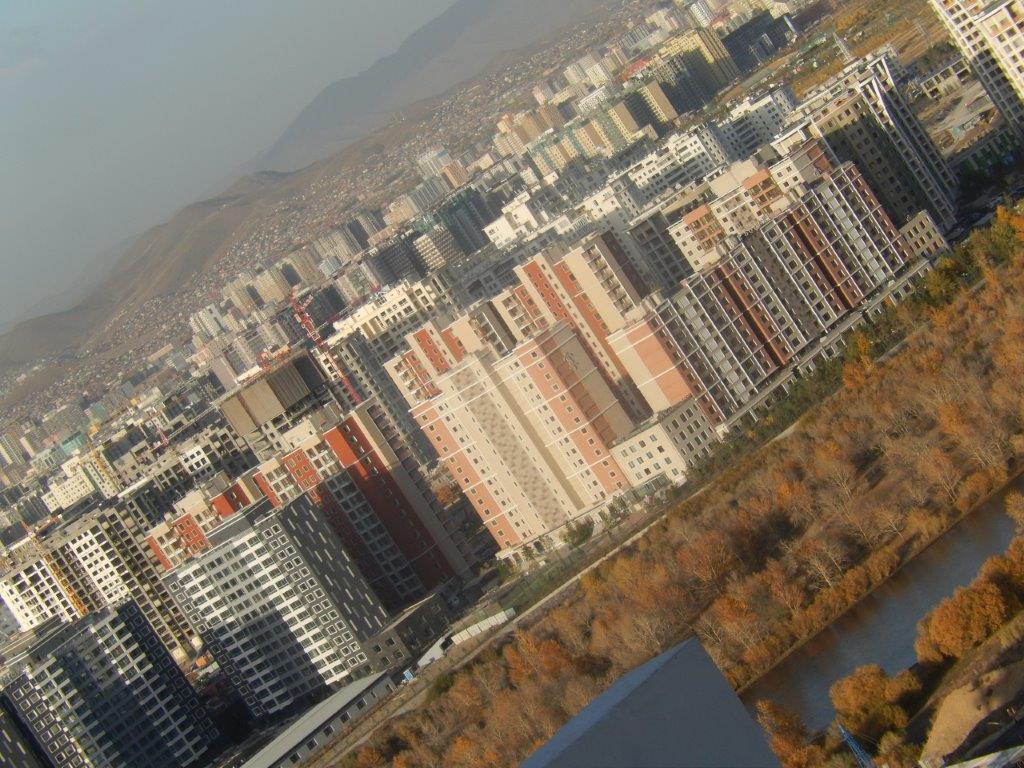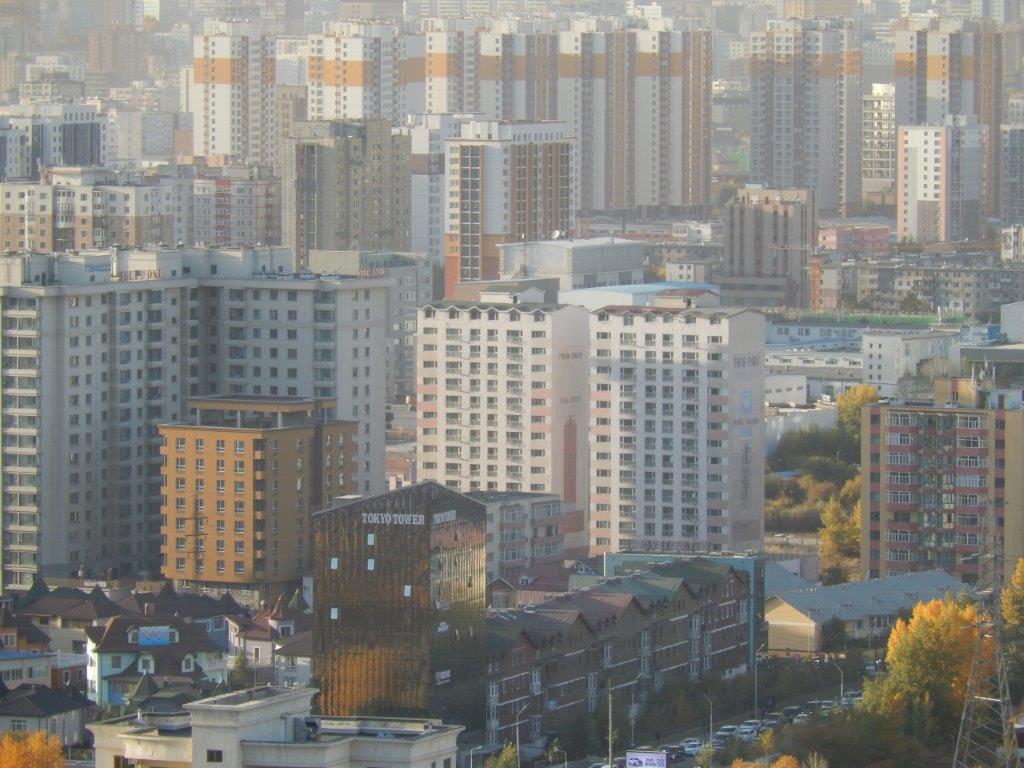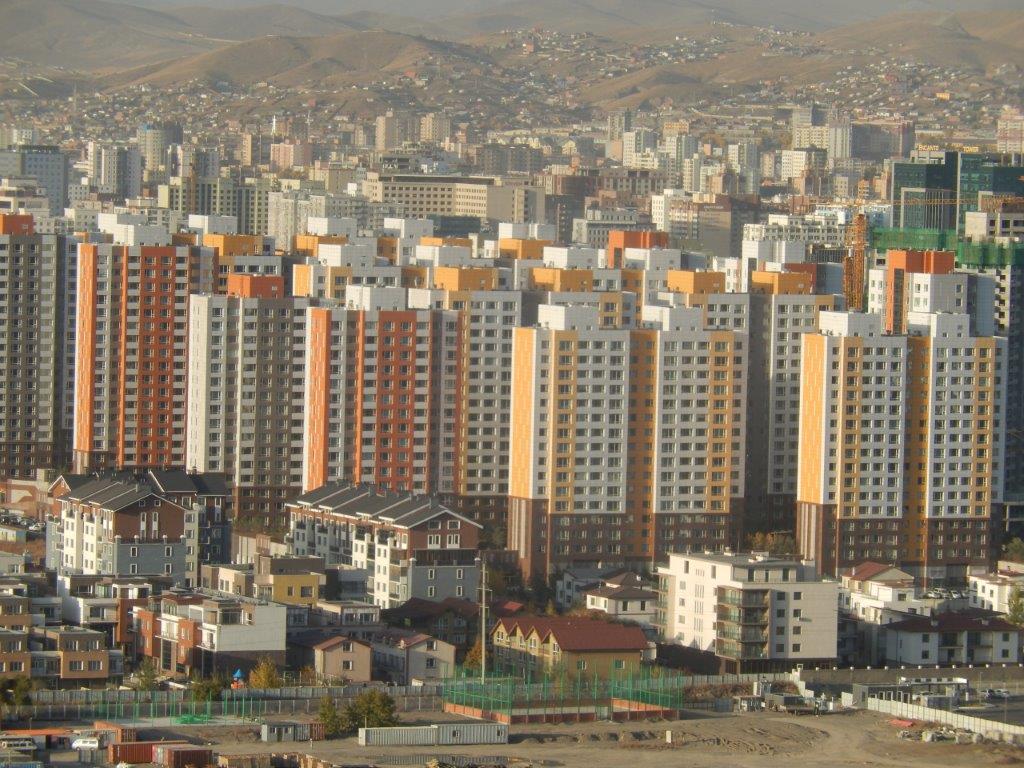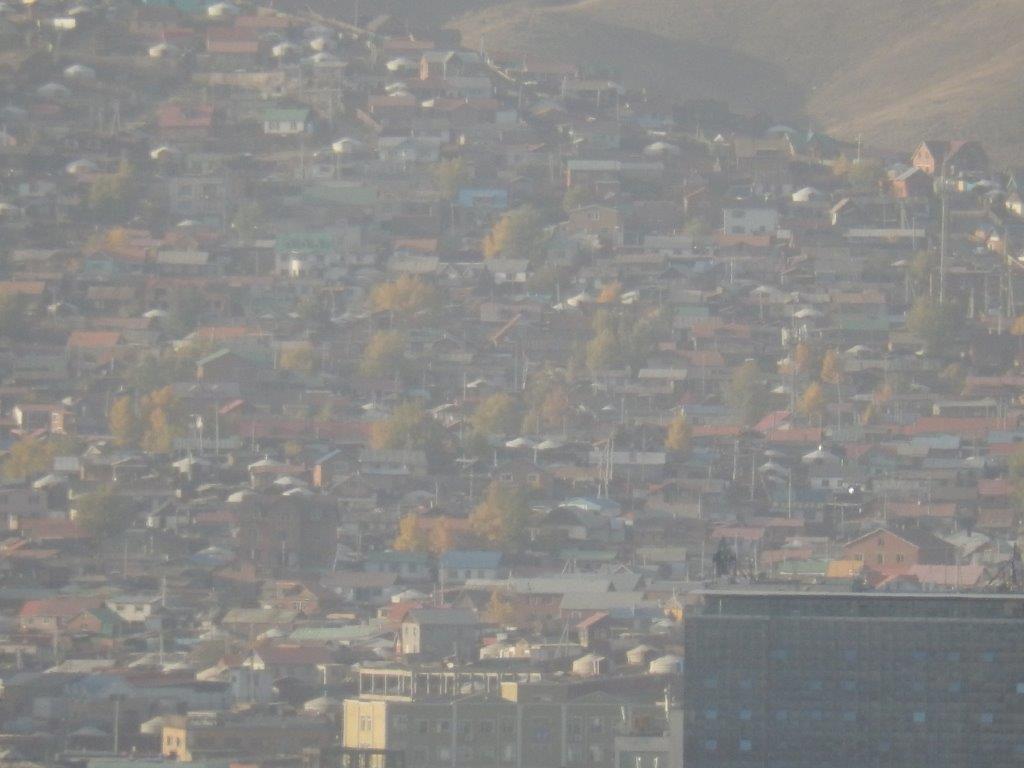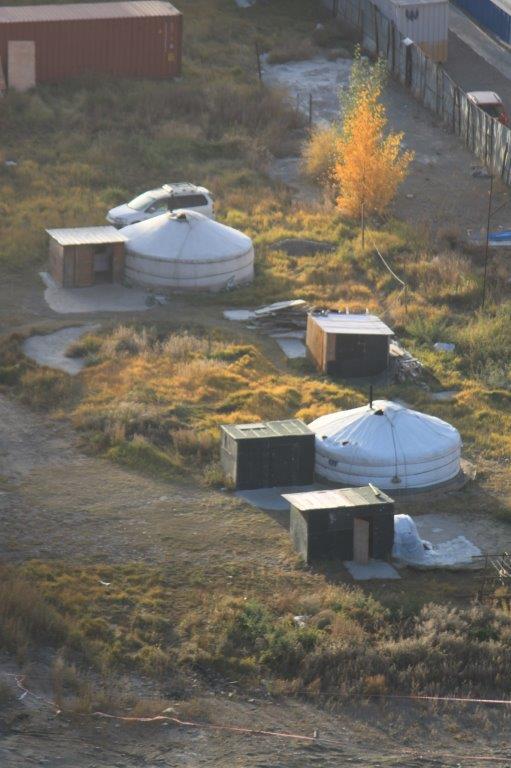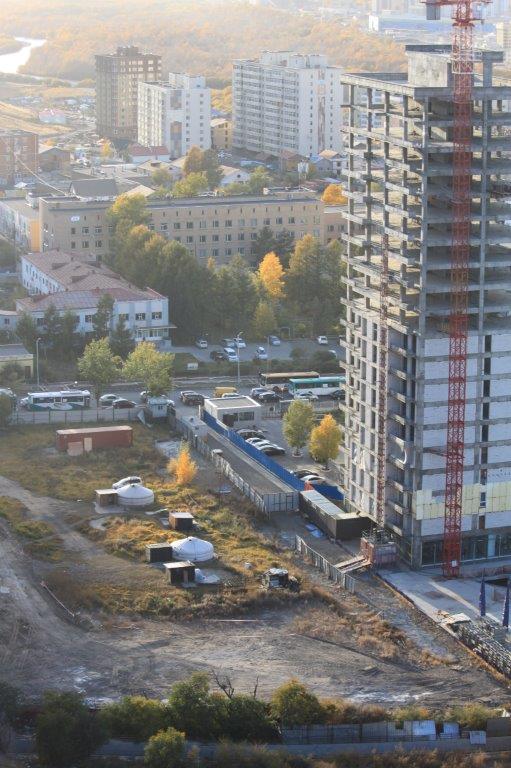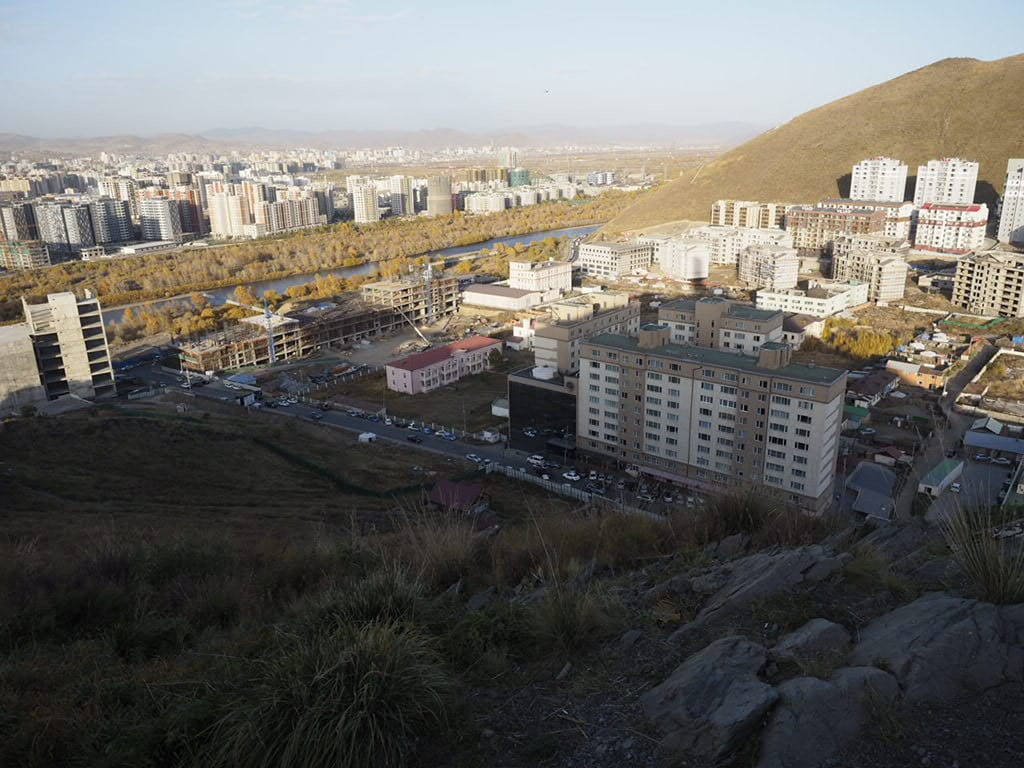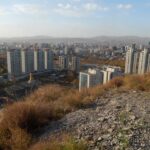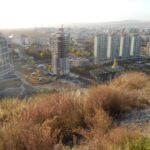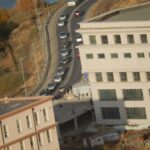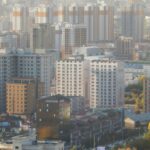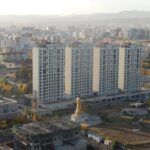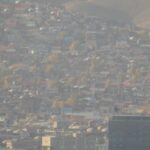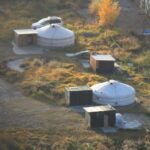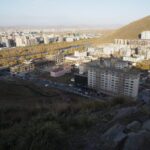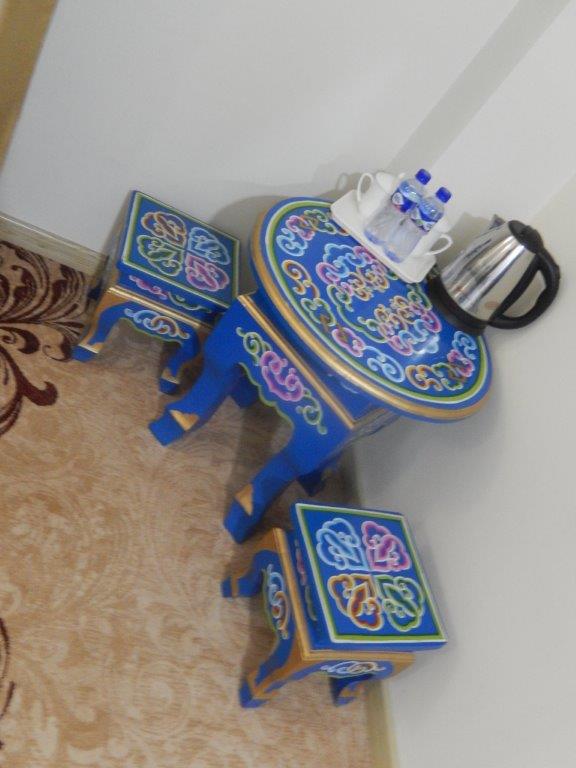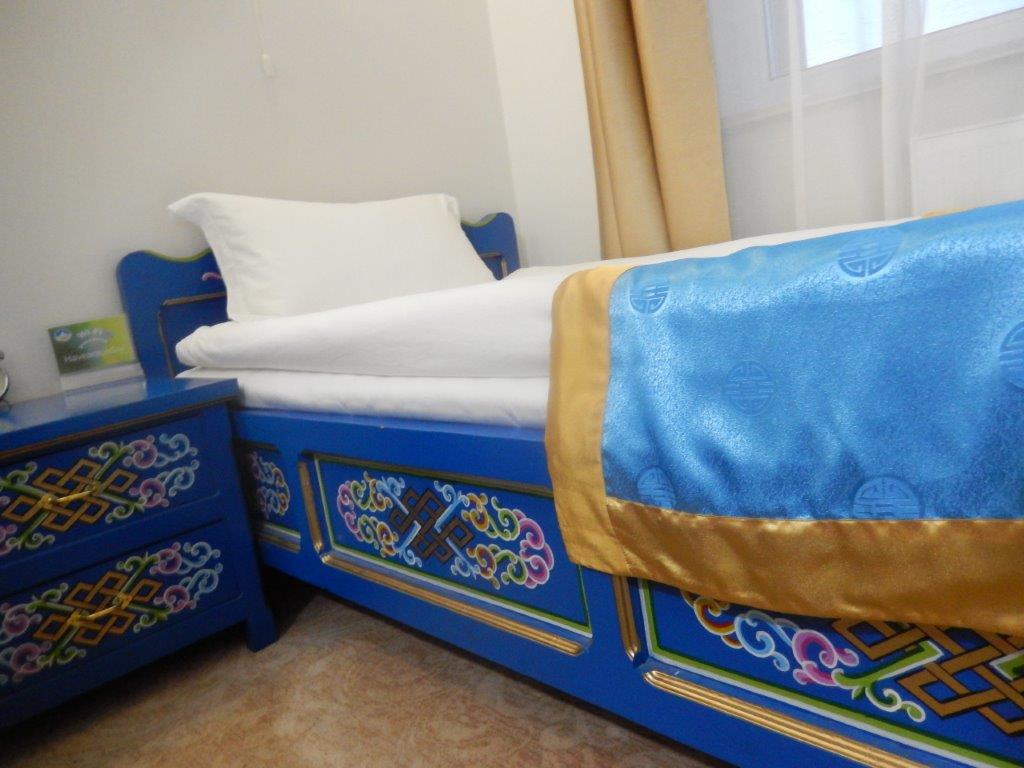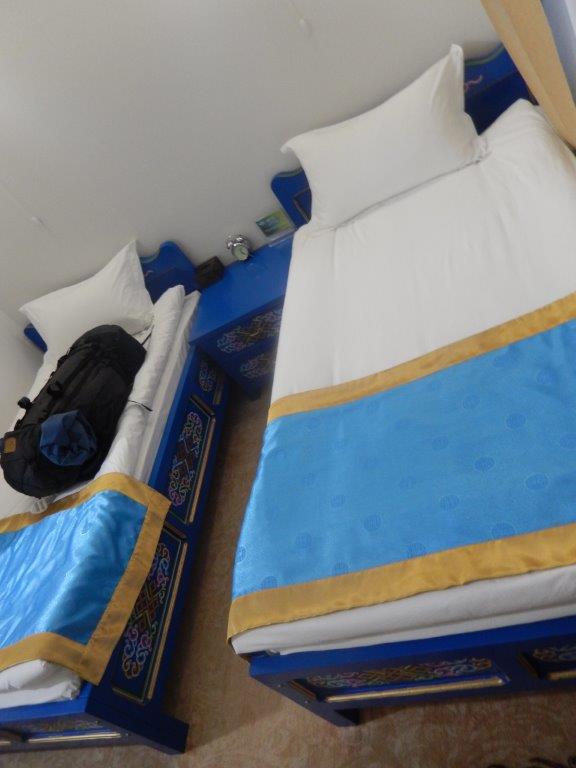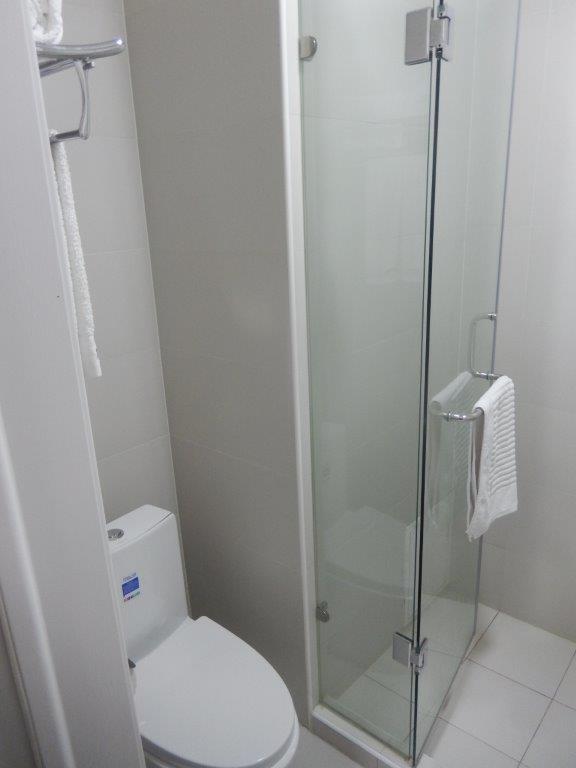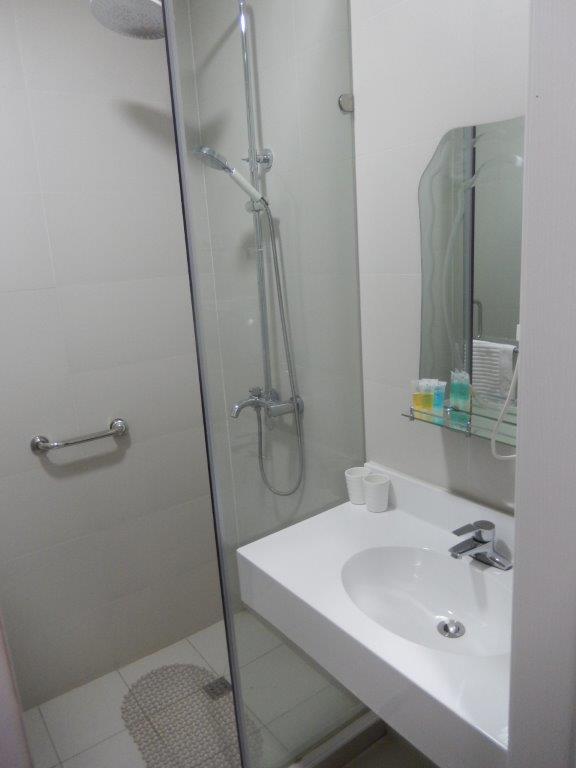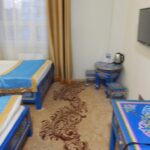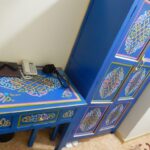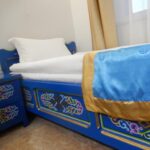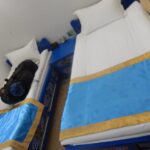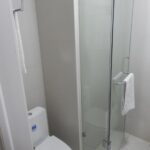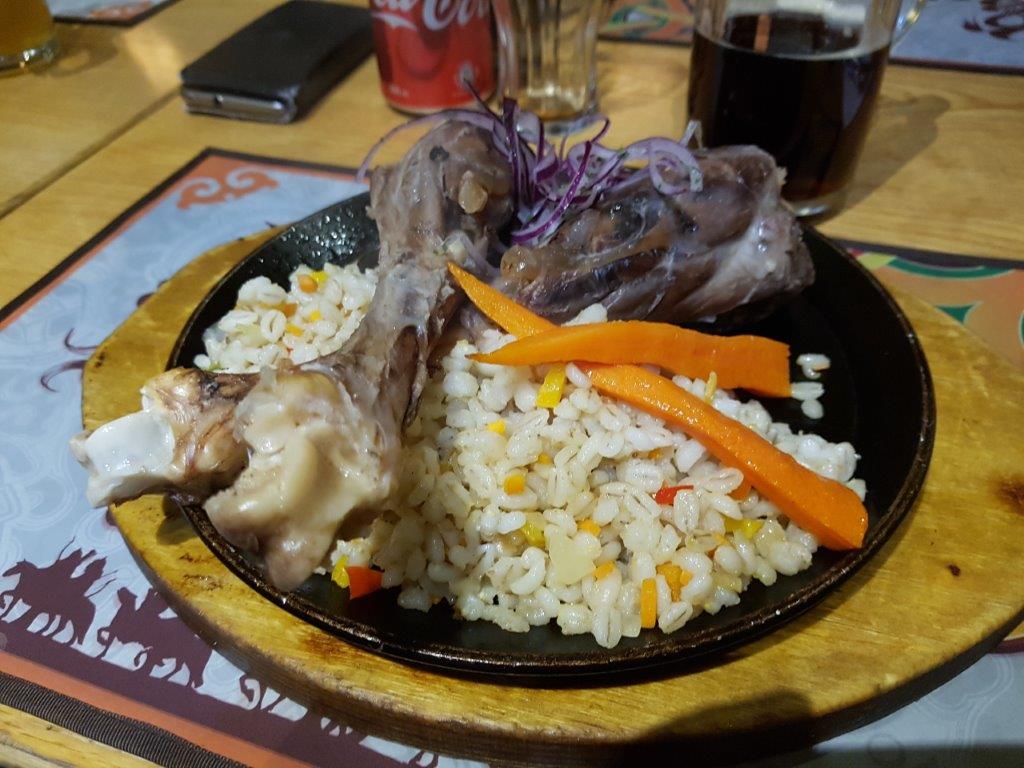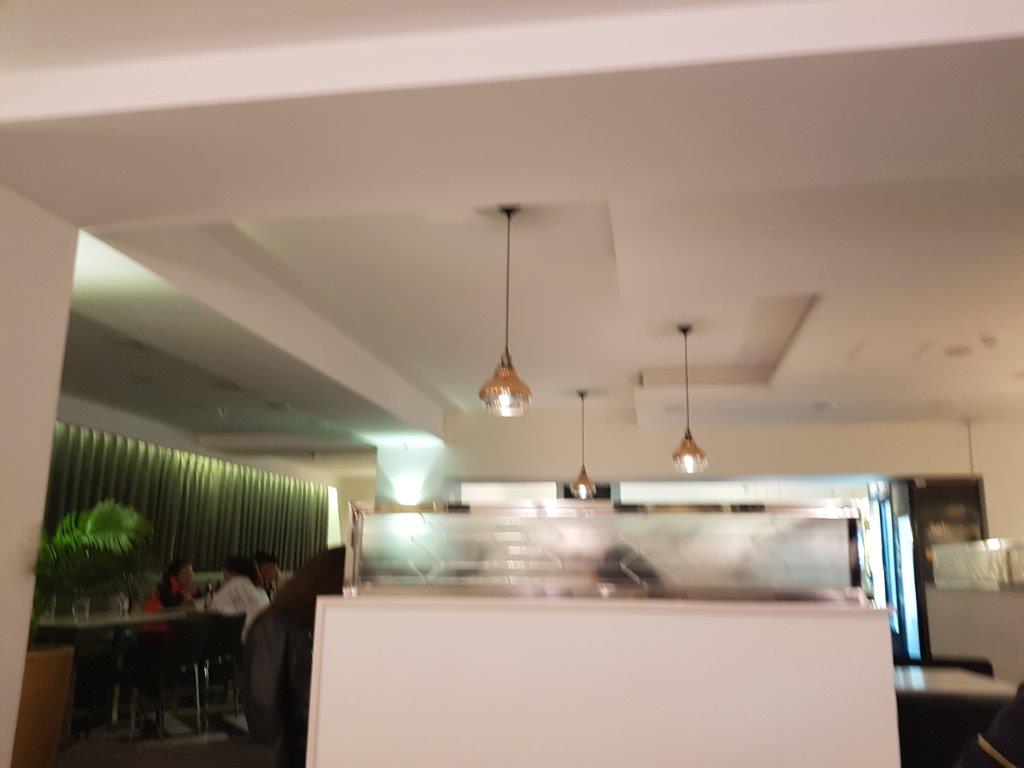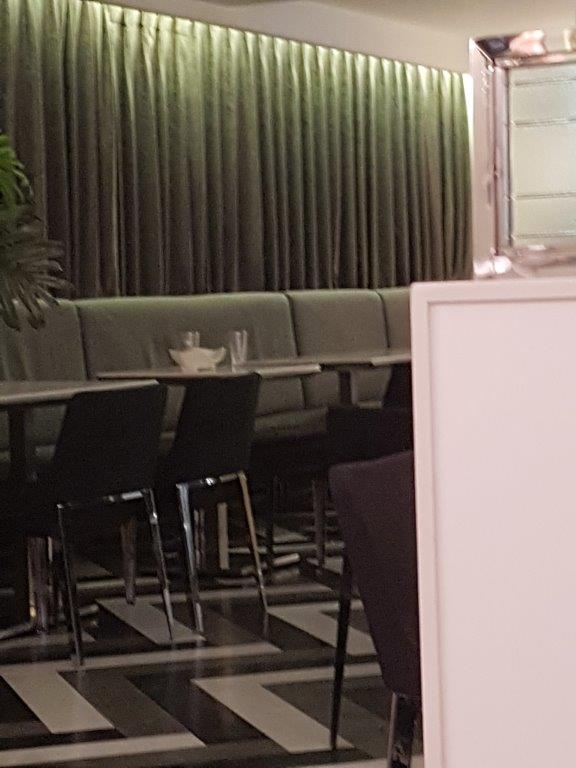Ulaanbaatar, capital of the Mongols
Ulaanbaatar…..
Ulaanbaatar……..just pronouncing that name sounds exotic to most people on our planet. Yes we ventured to the moon, Mars, Jupiter, Saturn, Urane and Venus, Mercure and the Sun itself with rockets and spacecrafts, but meanwhile we know less about the depths of our oceans, the intricate machineries that influence our climate and the chain of life on our own planet Earth.
Most of us also travelled in a minimum range from our home.
Kathmandu, Stonetown, Timbuktu, Buchara, Easter Island, Antarctica, Disco Bay, Sachalin, Samarkand and yes Ulaanbaatar, are still as exotic to loads of people as they were in the ages of the great discoveries.
Well…. The Wandelgek was going to cross another exotic destination from his bucketlist.
After reaching Ulaanbaatar, The Wandelgek drove through this bustling town, where traffic jams were a daily routine…
…and air pollution a regular plague, looming above the city. The city was a real city with apartment buildings and smaller residential areas, surrounded by huge quarters of permanent ger camps. These gers were warmed by small stoves and when they all burnt, the sky above Ulaanbaatar was covered in a thick foggy cloud. This, combined with the exhaust pipe gasses from all those cars in daily traffic jams, meant a serious health and environment hazard.
Before going to the hotel, The Wandelgek drove towards this magnificent viewpoint over the city.
Mongolia has never been part of the Soviet Union, but it has been part of China. An unwilling part of China and after its independance, Mongolia directed its attention and loyalty towards the Soviet Union. The Zaisan Memorial was erected to honor the ties with the Soviet Union.
The Zaisan memorial
The Zaisan Memorial is a memorial in the southern area of the Mongolian capital of Ulaanbaatar in the duureg (district) of Khan-Uul that honors allied Mongolian and Soviet soldiers killed in World War II. Located on a hill in the southern part of the city, the memorial features a circular memorial painting that depicts scenes of friendship between the people of the USSR and Mongolia.
The mural depicts scenes such as Soviet support for Mongolia’s independence declaration in 1921, the defeat of the Japanese Kwantung Army by the Soviets at Khalhkin Gol on the Mongolian border in 1939, victory over Nazi Germany and peacetime achievements such as Soviet space flights including the flight of Soyuz 39 which carried the first Mongolian into space, Jugderdemidiin Gurragchaa.
After driving to the uppermost parking lot on the hill, visitors must make a climb of three hundred steps before reaching the monument and mural. (612 steps, if they start at the base of the hill.) Those who make the climb are rewarded with a panoramic view of the entire city of Ulaanbaatar in the valley below, as well as the Tuul River flowing past the city.
In 2003, a tank memorial, which previously had been located on a crossroads between Zaisan and the city center, was moved to the foot of the hill. It features a Soviet tank from a brigade paid for by the Mongolian people. The tank memorial includes a map showing the route the brigade took from Moscow in 1943 to its participation in the fall of Berlin in 1945.
Zaisan is a popular meeting point for school outings and graduation festivities. In recent times, more and more modern luxury housing developments have popped up near the Zaisan region, making it popular as an elite residential district.
Then as the shroud of evening was falling over Ulaanbaatar, The Wandelgek drove towards the hotel in the city center.
There he checked in and went to his room for a quick shower and then went out to eat.
Hotelroom
The hotelroom was decorated in blue combined with different designs of the Buddhist eternal knot.
Dinner
Near the hotel was a nice restaurant where The Wandelgek went for dinner. The Mongolian kitchen is still a meat oriented cuisine. Of course there is no bio industry in Mongolia comparable to that of the EU or the US. These animals lived their lives in herds on the Mongolian grasslands, watched over by nomadic people who have always been living of these animals. It is a bit like this quote, where a man who has been living all his life in the largest forest of the Earth, says:
“The first time I had to slaughter a rabbit, I cried, but after that never again. Rabbit meat is good for your health, especially if you are a little bit older”.
from the book Borealis by Jeroen Toirkens & Jelle Brandt Corstius
Drinks
Just accross the Hotel was this fantastic bar, which looked a bit like a film location from one of my all time favorite movies: Lost in Translation by director Sofia Coppola. Great place for a last beer, before going to bed.





